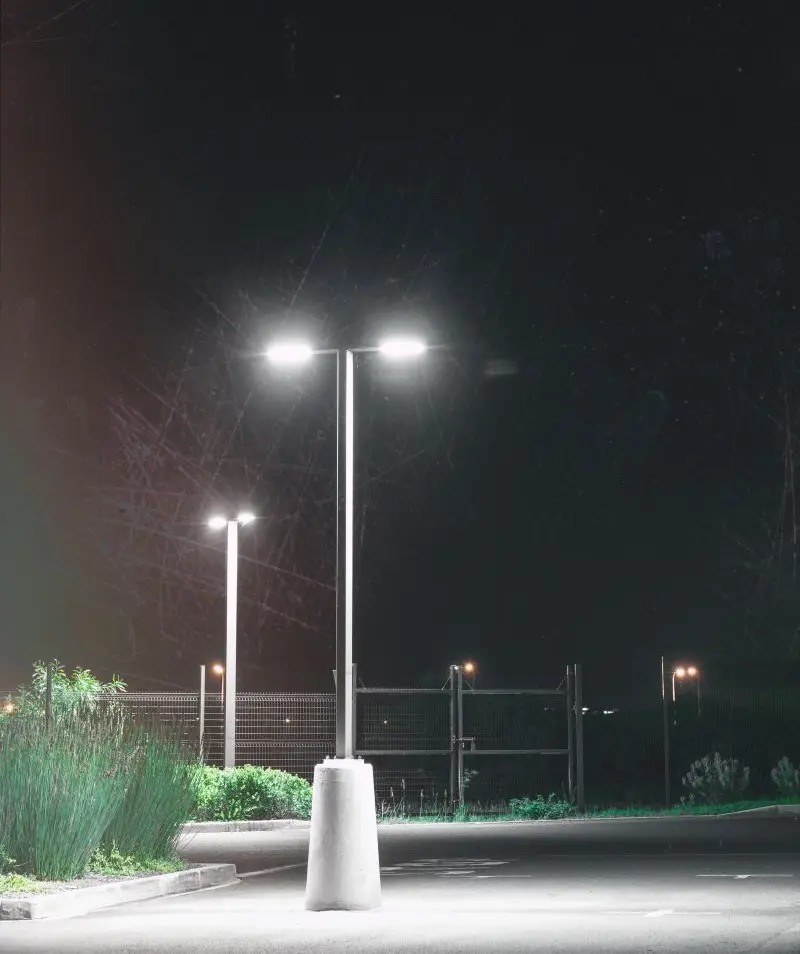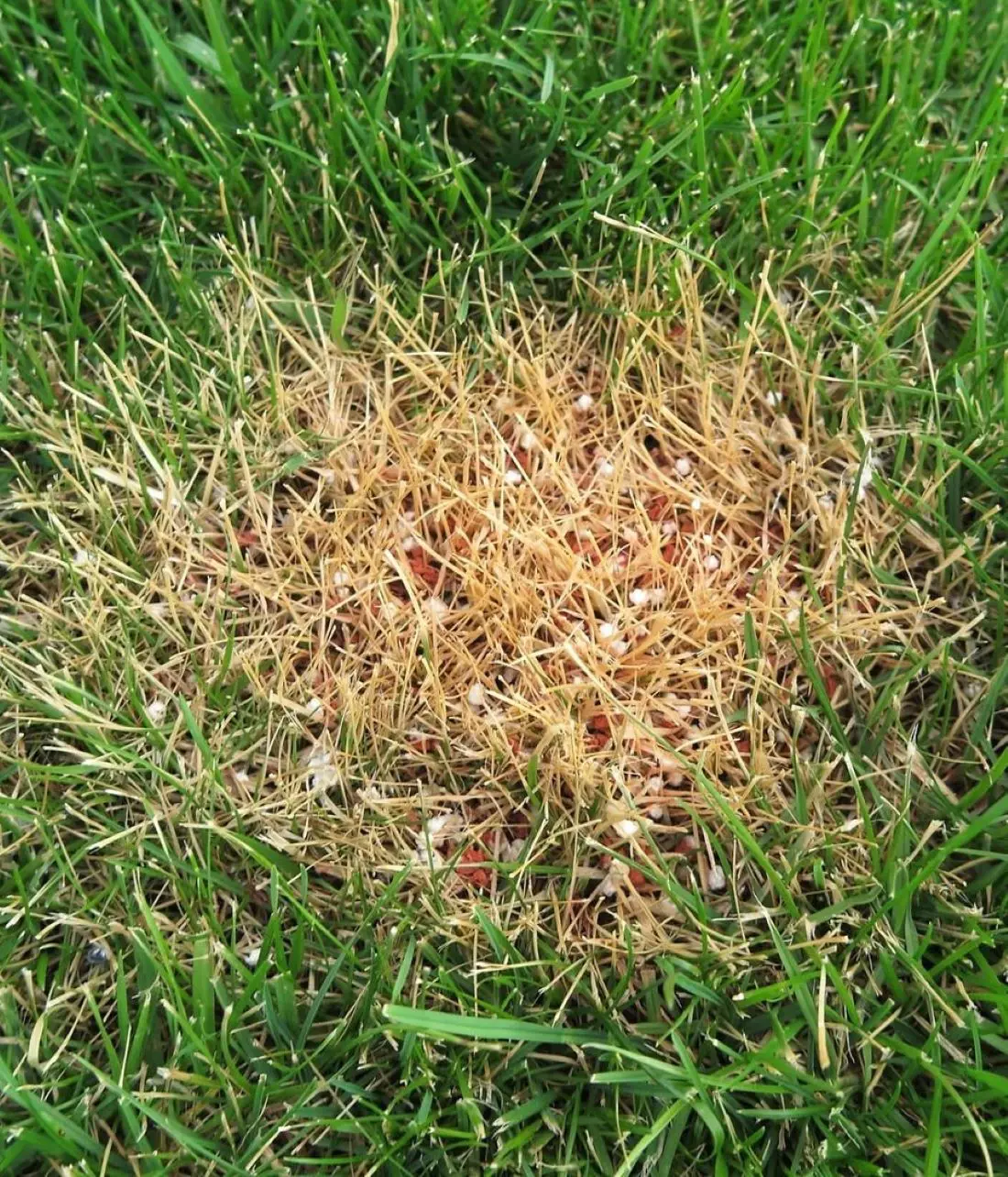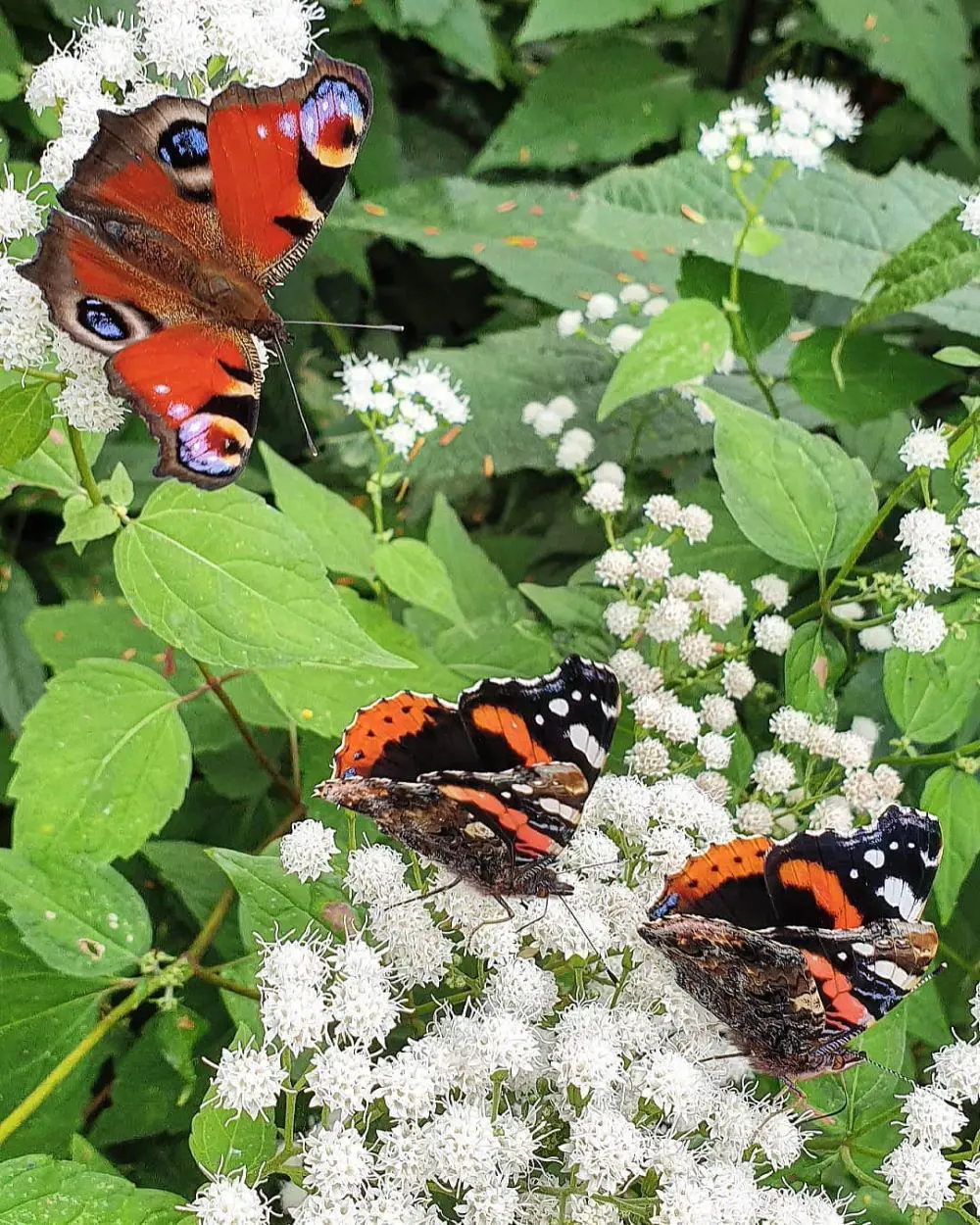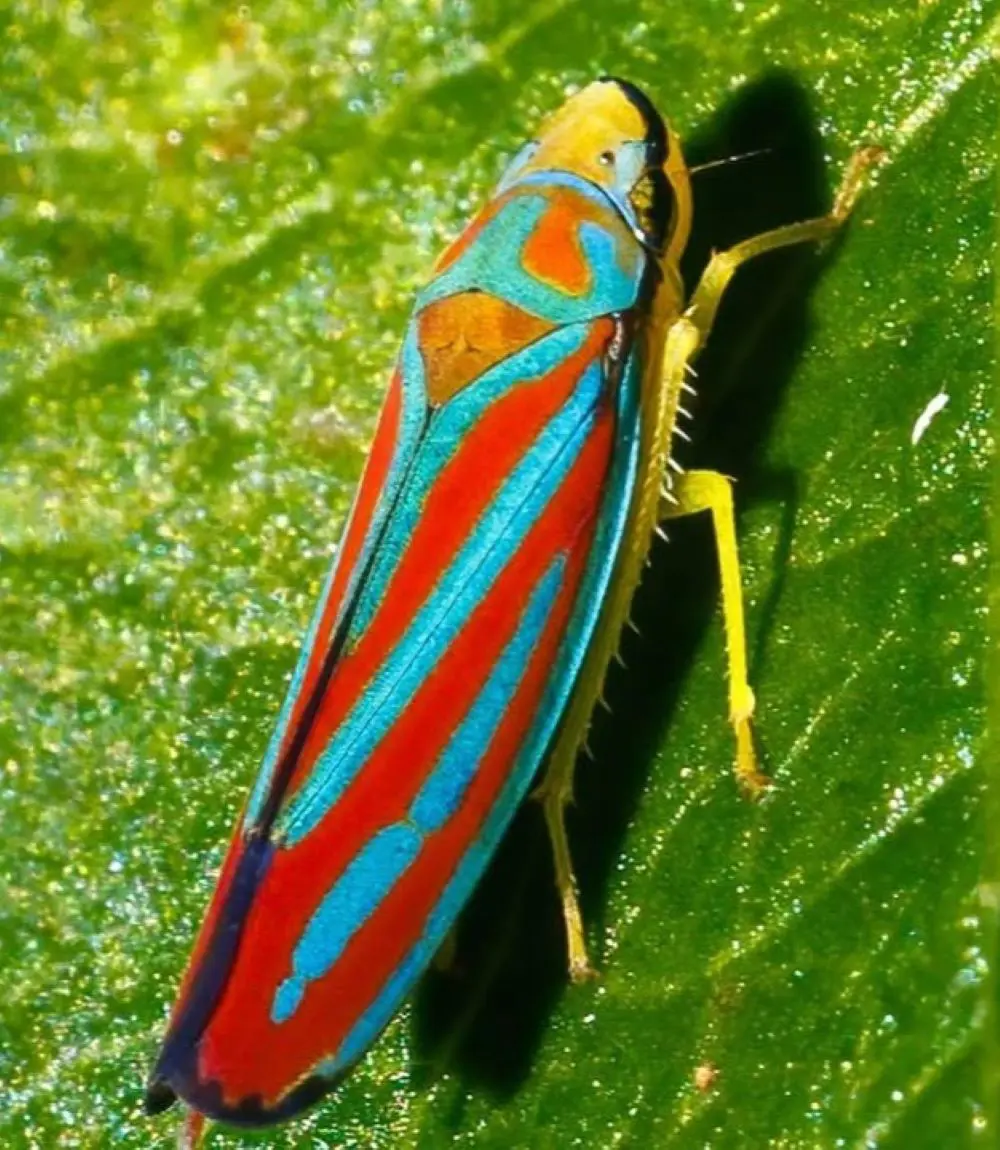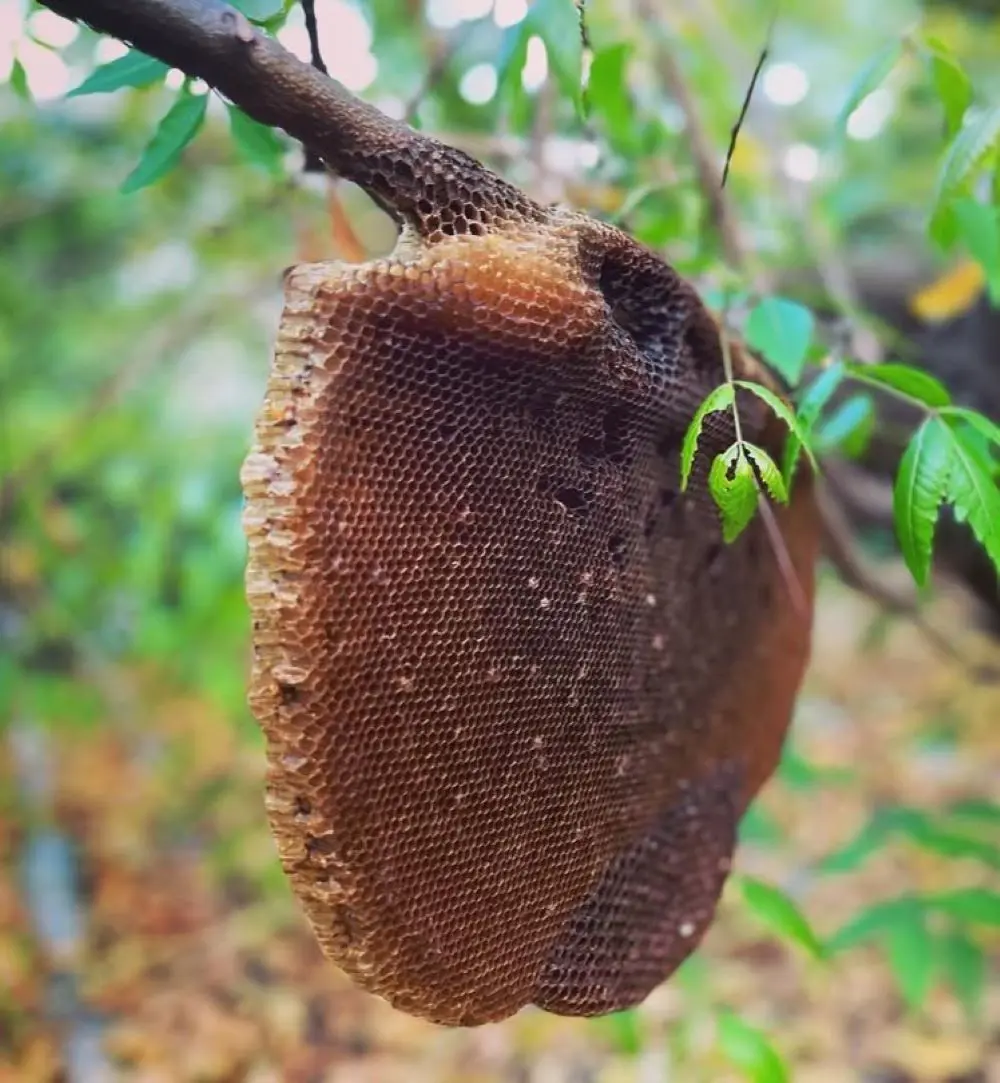How to Get Rid of Asian Ladybugs Naturally?
If you are wondering how to get rid of Asian beetle, follow the steps below.
1. Vacuuming
The easiest way to get rid of Asian beetles is to vacuum them. The vacuum cleaner captures the ladybugs without crushing them, which is key in preventing unpleasant odors or messes. For this method, use a vacuum with a hose attachment for precise targeting on areas where ladybugs congregate, such as windowsills, corners, and near entry points.
After vacuuming, immediately dispose of the vacuum bag or empty the canister outside to prevent any potential re-infestation. This method is more effective when used in combination with other preventive measures.
2. Seal Entry Points
Asian ladybugs often find their way indoors through gaps and cracks around windows, doors, and the foundation, so sealing these entry points prevents them from entering your home. For this method, inspect your home for potential entry points, including around window frames or gaps in the walls or foundation.
Use weatherstripping, caulk, or expanding foam to fill and seal these openings. Ensure gaps around pipes, vents, and electrical cables are also covered. This method can effectively stop ladybug infestation.
3. Use Soapy Water
Soapy water works against ladybugs by disrupting their exoskeletons. The soap lowers the surface tension of water, allowing it to penetrate their outer shell and effectively suffocate or dehydrate them.
You can create a solution by mixing a few drops of dish soap with water in a spray bottle. Spray the solution directly onto the ladybugs and areas where they are present. You might need to reapply as needed, especially if you are dealing with a large infestation.
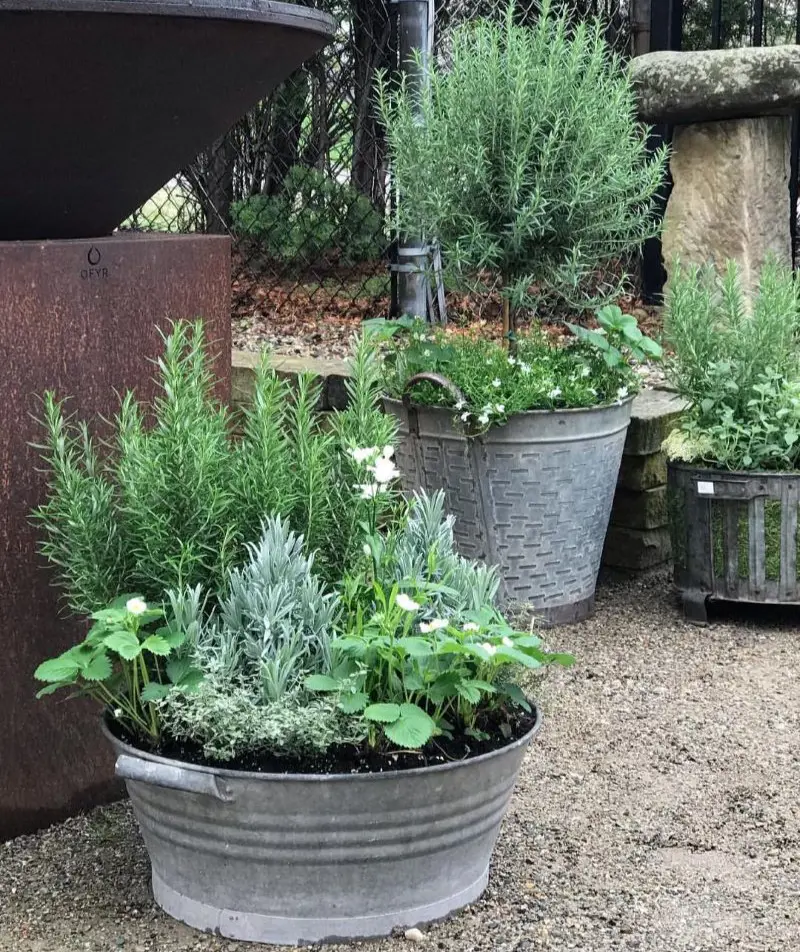
4. Diatomaceous Earth
Sprinkling food-grade diatomaceous earth around entry points and areas where ladybugs are active or entering your home also helps control infestation. DE is a natural powder with microscopic sharp edges that cut through the insects' exoskeletons, leading to dehydration and death.
This powder should be applied on dry surfaces and might need reapplication after heavy rain or cleaning. DE is safe for humans and pets when used as directed, but wear a mask when using it to avoid inhaling the dust.
5. Citrus Peels
Citrus peels work as a natural repellent for ladybugs because of the strong, pungent smell of citrus. To use citrus peels effectively, place fresh or dried peel pieces around entry points and areas where ladybugs are commonly found, such as window sills and door frames.
You can also use citrus-scented oils if fresh peels are not available. The aroma acts as a deterrent, encouraging the ladybugs to move elsewhere. Reapply the peels or oils regularly to maintain the repellent effect.
6. Garlic Spray
Garlic spray works as a natural repellent for ladybugs due to garlic's strong odor, which masks the scents that attract these pests. To make garlic spray, blend a few cloves of garlic with water, let it steep for a few hours, then strain it to remove any solids.
Transfer the garlic-infused water into a spray bottle. Apply the spray around windows, doors, and other entry points where ladybugs are commonly seen. The pungent smell of garlic creates an environment that ladybugs find unappealing, encouraging them to stay away.
7. Essential Oils
Essential oils, like peppermint or clove oil, act as natural repellents for ladybugs due to their strong, pungent odors. Ladybugs find these scents unpleasant and will avoid areas where they are present. To use essential oils, mix a few drops of oil with water in a spray bottle.
Shake the bottle and spray the solution around areas where ladybugs are spotted. Reapply every few days or after rain to maintain effectiveness. This method is a simple way to discourage ladybugs from invading your space.
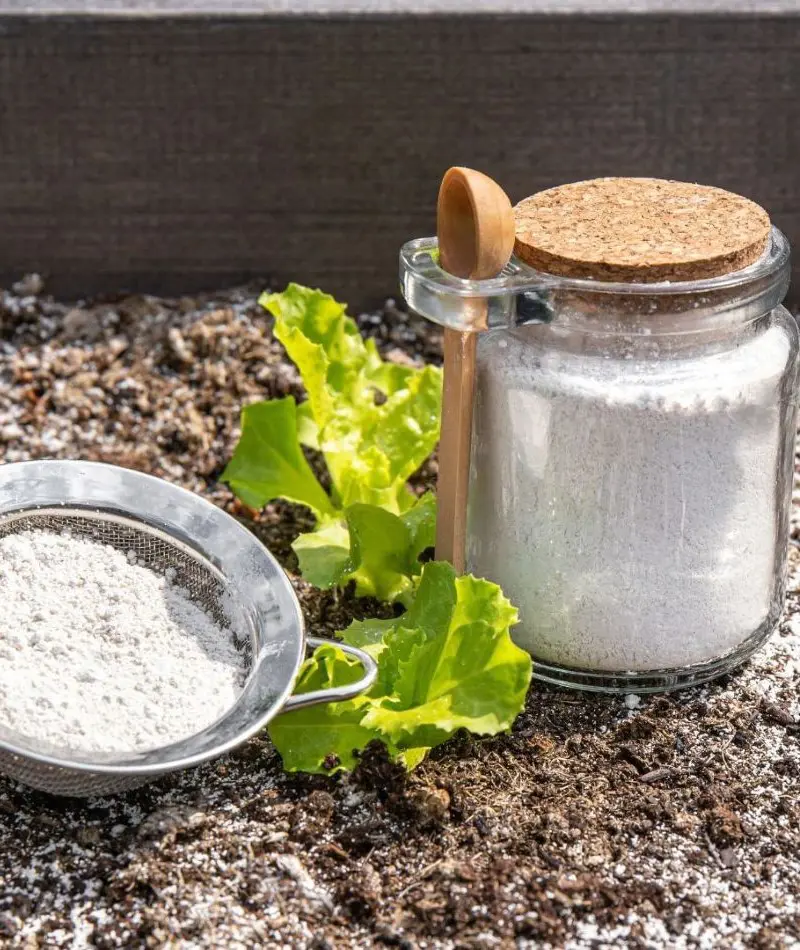
8. Herb Pots
Growing herbs like mint, lavender, or rosemary can help repel Asian ladybugs because these plants have strong scents that these insects dislike. The essential oils in these herbs are unpleasant to ladybugs, making your home less inviting.
You can plant these herbs near entry points or areas where ladybugs are commonly seen. You can also grow them in pots around windows or doorways. For an added effect, crush the leaves of these herbs to release more of their natural oils and enhance their repellent properties.
9. Keep Areas Dry
Ladybugs are drawn to moist environments, which provide them with a suitable habitat. By keeping your home and garden dry, you can make your space less attractive to them. Regularly check for and fix leaks in pipes, roofs, and windows to prevent excess moisture buildup.
Ensure good ventilation in your home to keep indoor air dry. In your garden, avoid overwatering plants and use proper drainage techniques to prevent water from pooling. Minimizing moisture can make your home a less inviting place for them.
10. Outdoor Traps
Outdoor traps are effective at managing ladybug populations. These traps use light or bait to attract ladybugs away from your home. Light traps, for instance, use UV light to lure ladybugs, which are then captured in a sticky surface or container.
Bait stations, on the other hand, may use a sugary or pheromone-based attractant to draw ladybugs in. Just place the traps or bait stations around areas where ladybugs hide. Position them away from your home and regularly check and replace traps to maintain effectiveness.
11. Vinegar
Vinegar is effective at repelling Asian ladybugs because they dislike its potent smell. To use it, mix equal parts vinegar and water in a spray bottle. Shake it up and spray it around spots where ladybugs are, like windows and doors.
The vinegar’s smell can make these places less appealing to them and can help stop more ladybugs from coming inside. This method is simple and good for the environment.



